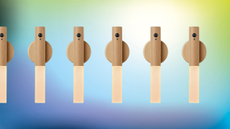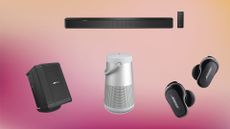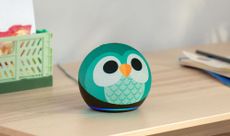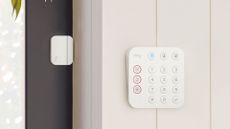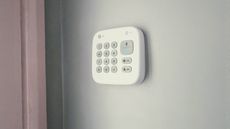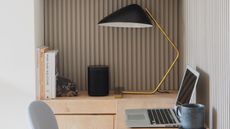Samsung vs Sony TV: two of the biggest brands on the market, but which is right for you?
Choosing between Samsung and Sony TVs? Both are top-notch, but which is best for you? Let's weigh the options and find out.
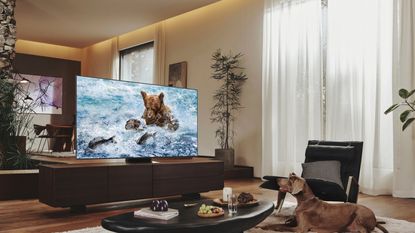

If you’re looking to make box sets and movies look better, you may have a direct choice between a Samsung and Sony TV. Both brands make excellent televisions across various price points, and if you find two of a similar size, you could understandably struggle to decide which is right for you.
This article is here to help. While a premium set will always beat an entry-level model regardless of the manufacturer, a few differences will make a Sony TV more suited for your living room and vice versa.
We’ll get into the differences between Samsung and Sony TVs in a moment, but first, a few pointers on what actually explains the price differences between televisions. And if you want more comparisons between the leading brands, head over to our best TV brand guide.
What's the difference between budget and premium sets?
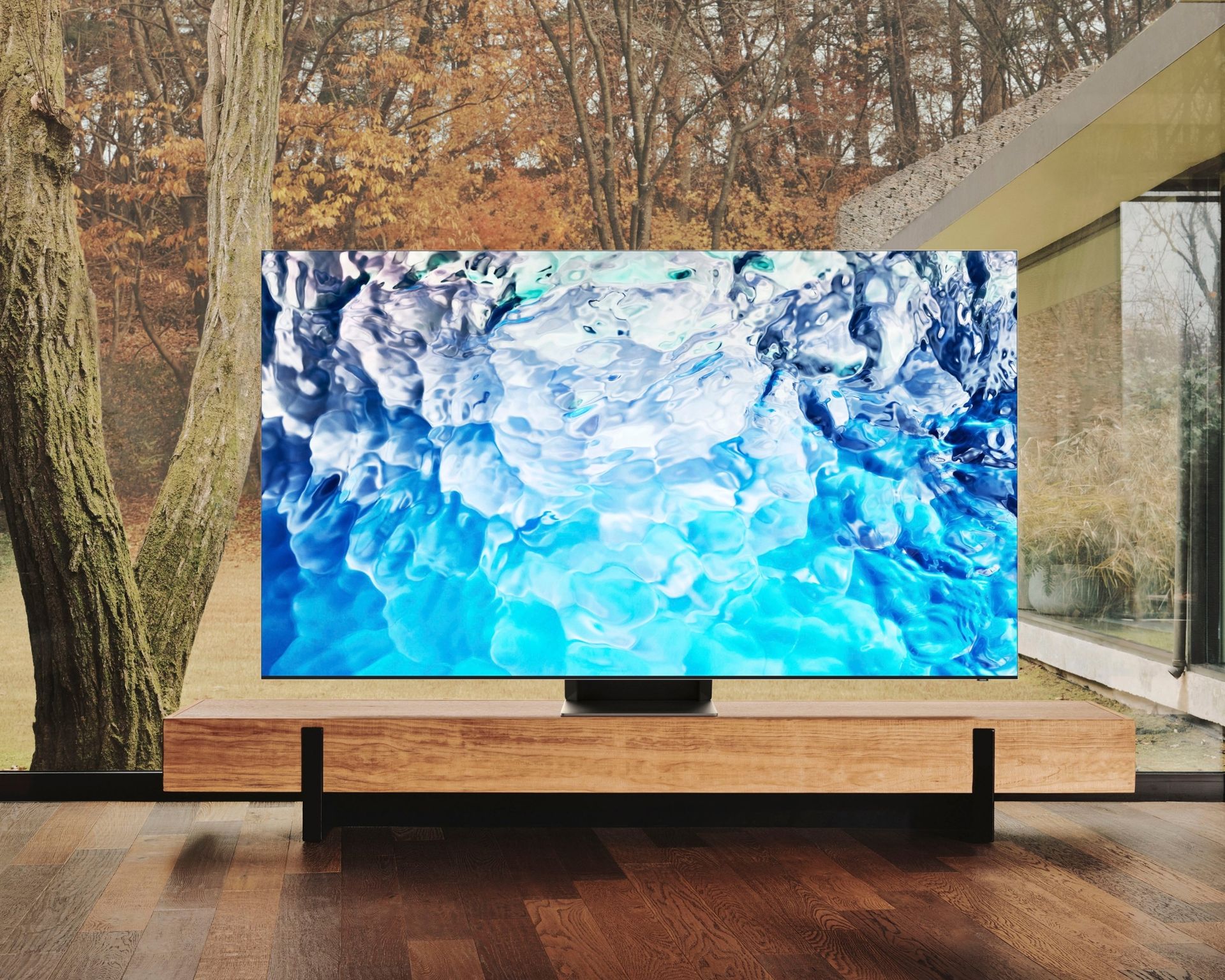
While brand name plays a part, there are chiefly three things that decide where a TV will sit on a pricing scale that goes between a few hundred to tens of thousands of dollars: size, resolution, and display technology.
Size is pretty self-explanatory: if you’re buying a 32-inch TV, you’ll spend less than if you’re purchasing an otherwise identical 88-inch model.
The way prices spiral with size may seem a bit disproportionate, but do bear in mind that due to the way televisions are measured, the size difference is more dramatic than it sounds. The inch figure is the measurement from one corner to the other, so while the difference between a 40-inch and 55-inch set doesn’t sound like too much, the latter is actually 89% bigger than the former in terms of area.
That said, it is possible to find giant sets cheaper than the best 40-inch TVs. That’s because the most significant difference between cheap and expensive TVs is the picture quality, mainly set by the kind of panel in place.
Cheap TVs — including models by Samsung and Sony — use LCD panels that can’t match the color accuracy, contrast, and vivid imagery offered by more premium sets that embrace QLED, OLED, and MiniLED technology.
The final puzzle piece is resolution, which defines how many pixels make up the image. The more there are, the sharper the picture is, and it ranges from just over two million for a Full HD TV up to 33 million for the best 8K TV.
The middle ground — 4K, or around 8 million pixels — is what most people want. Full HD is already looking a bit weak for the latest games and TV shows, while 8K has the opposite problem: whether on cable or streaming, there’s next to no content made for it at the moment, and there won’t be for many years to come.
Samsung vs. Sony TVs: Display technology
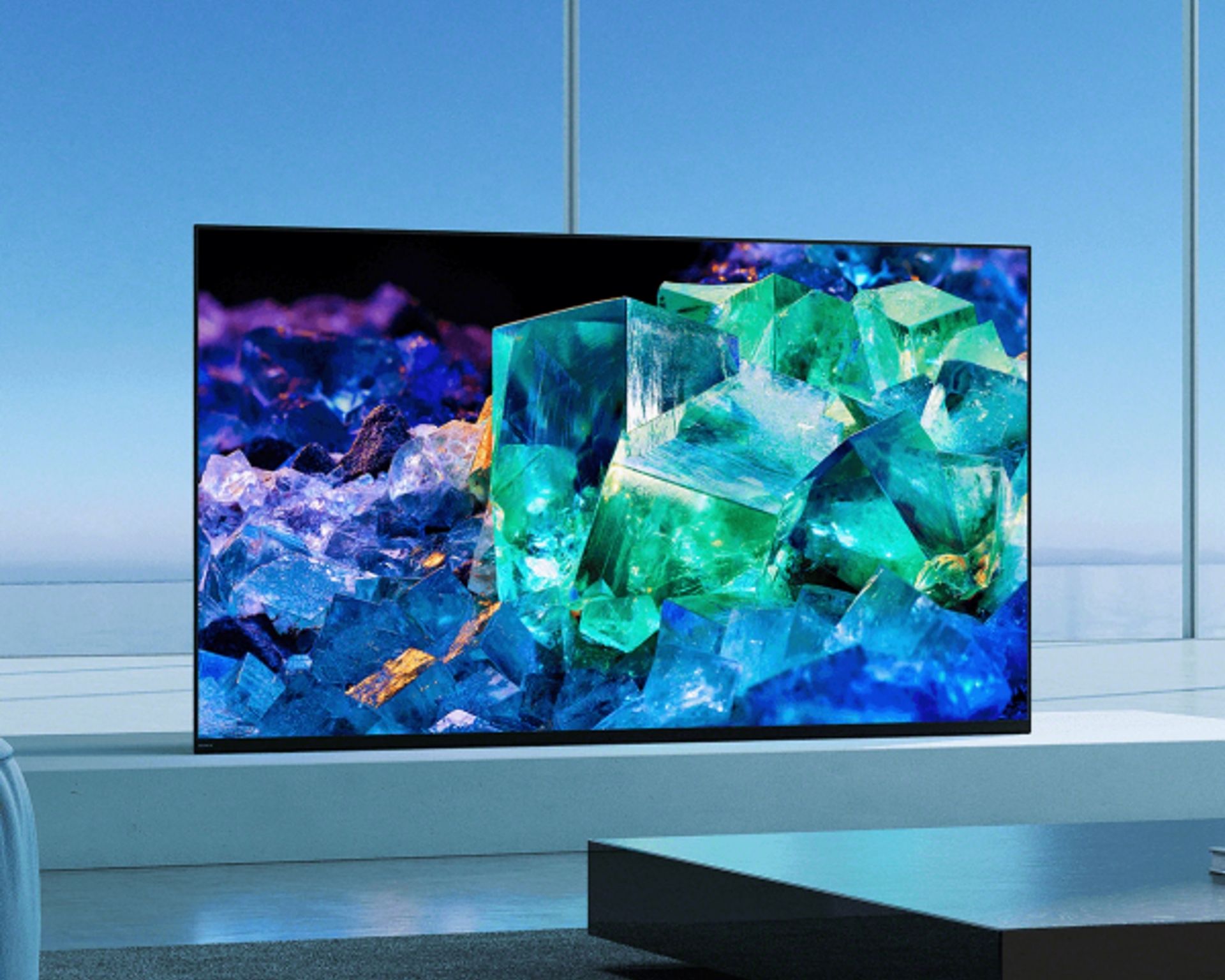
As mentioned before, at the cheaper end of the market, the differences between Sony and Samsung are much of a muchness in terms of picture quality, as both use LCD panels. Look at individual reviews of TVs or see them in person and make the judgment call yourself.
But at the premium end, the best Sony TVs favor OLED, while most of Samsung’s high-end panels are QLED. It has recently strayed into OLED territory with the S95B, but most of its sets are QLED.
So, what’s the difference? If you want the best possible picture quality in perfect conditions, you want OLED. It stands for ‘Organic Light Emitting Diode’ and means that each of the TV’s pixels is self-lighting, creating incredibly accurate images. This is especially true in darker scenes, where black pixels can turn off to create literally unbeatable contrast.
But there’s a reason we included the “in perfect conditions” qualifier above. OLED panels don’t tend to get very bright, so they’re poorly suited to rooms with lots of natural light. That’s a recipe for a washed-out, hard-to-view image that’ll have you reaching for ugly black-out drapes.
QLED TVs don’t have this problem, as the pixels are illuminated by hundreds to thousands of LEDs behind the panel. Samsung’s TVs are particularly known for their eye-searing brightness, and the company’s Quantum Dots offer better HDR performance than standard LED sets. But it does mean that contrast — though still very good — can’t quite reach the extraordinary levels of a quality OLED screen.
In short, we generally favor OLED screens if the space you’re shopping for isn’t exceptionally bright. That said, bear in mind that some people shy away from OLED technology over fears of screen burn-in — where an image can be permanently scarred into the screen if left static for too long (think things that stay in place for long periods, like news tickers, TV station logos and sports scores).
Nowadays, OLED TV manufacturers have software protections in place to prevent this from happening, so the risk is more theoretical than it was in years past, but it’s still worth bearing in mind if you don’t want to take any chances.
Samsung vs. Sony TVs: Formats, sound, and operating systems

Other, more minor differences could make a difference to your decision. For starters, while every HDR (High Dynamic Range) capable TV supports the HDR10 format for better contrast and a wider color gamut than SDR TV, it gets a bit more complex at the top end.
The two brands’ high-end TVs pick a different standard for enhanced HDR, where metadata is incorporated to optimize your settings for the content on the screen automatically. At the same time, Samsung opts for HDR10+, while Sony goes with Dolby Vision, which is usually a better choice. Not only is Dolby Vision more widely supported, but it has a 12-bit color gamut, whereas HDR10+ ‘only’ has ten.
There’s also a difference in operating system: Samsung uses its own streamlined Tizen OS, while Sony includes Google’s Android TV.
While this is largely down to personal preference, we favor Tizen here, as Android TV can be a bit cluttered and somewhat prone to slowdown. And while the clutter means you’re not short of apps to enjoy, the basics are all offered by Tizen, and extras can always be added via HDMI devices like Apple TV or Google TV itself via the latest Chromecast.
Finally, there’s sound quality. Sony’s high-end sets ship with something called Acoustic Surface Audio technology, where sound is generated via vibrations of the panel itself for directional audio. Samsung, meanwhile, has OTS — or Object Tracking Sound — for its sound.
While we’d say that Samsung’s is generally better here (glass can only vibrate so much), it’s a moot point. Even the best built-in audio pales in comparison to external options, and if you’re spending top dollar on a brilliant TV set, you’ll want to choose a surround sound system to go with it.
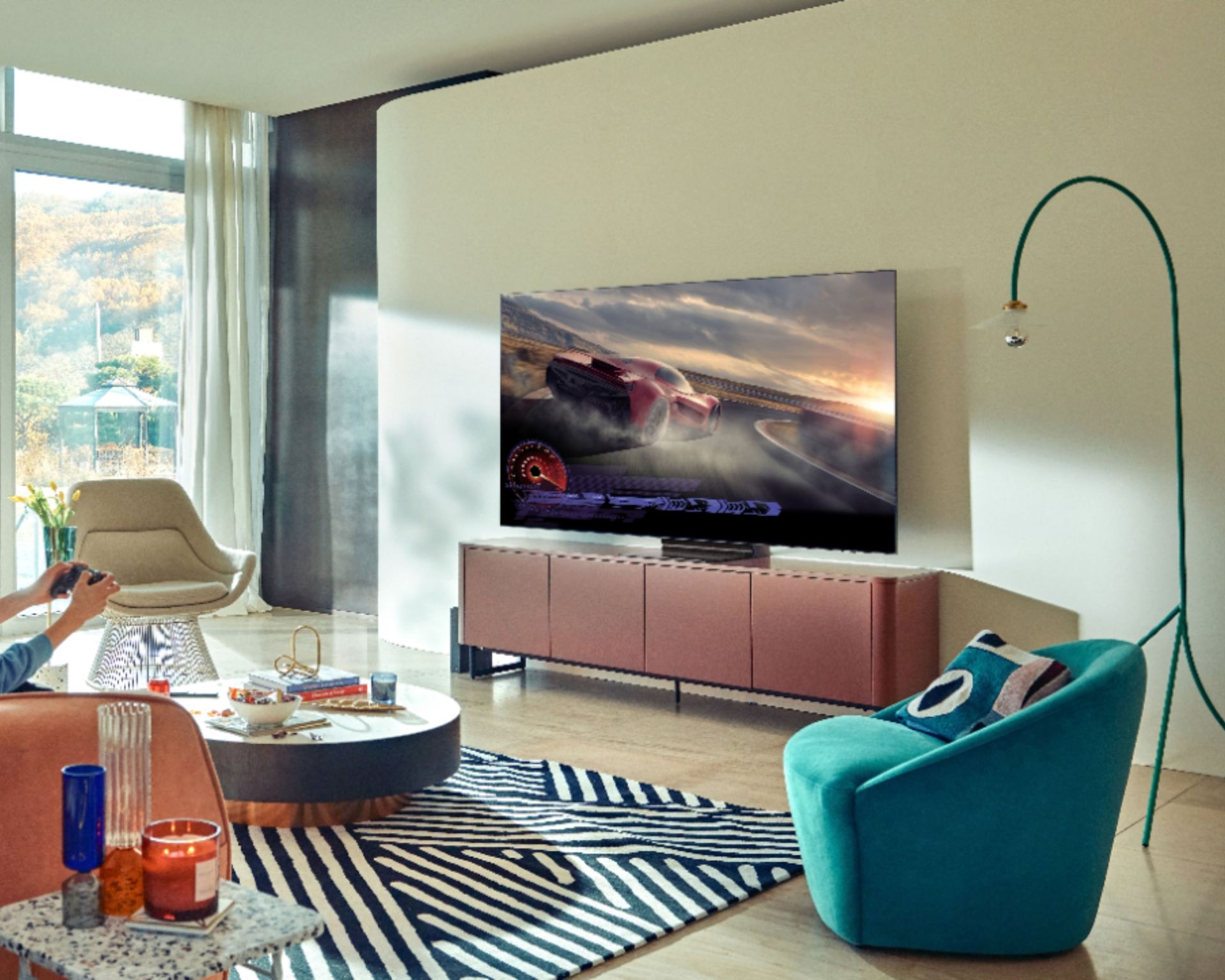
Samsung vs Sony TVs: Which should you choose?
The slightly disappointing answer is that it's impossible to say definitively, as so much depends on your specific circumstances. For example, it's no good going all in on a Sony OLED TV if the brightness of your room makes it unusable.
That said, if your budget isn't huge, Samsung TVs generally offer better value from their mid-range sets than their Sony equivalents, and if the style is all-important, then The Frame (pictured above) and Serif sets won't ruin the aesthetic of your living space.
If you're torn between a specific Samsung and Sony TV, consider the above advice, but try to see both models in action. While a showroom won't match the lighting of your living room, it's still the best way to measure how the brands shape up when measured against your personal taste.
You might also want to look at our editor's thoughts about whether the Samsung Serif TV was worth it.
Be The First To Know
The Livingetc newsletter is your shortcut to the now and the next in home design. Subscribe today to receive a stunning free 200-page book of the best homes from around the world.
Freelance contributor Alan has been writing about tech for over a decade, covering phones, drones and everything in between. Previously Deputy Editor of tech site Alphr, his words are found all over the web and in the occasional magazine too. He often writes for T3 and Tom's Guide. When not weighing up the pros and cons of the latest smartwatch, you'll probably find him tackling his ever-growing games backlog. Or, more likely, playing Spelunky for the millionth time.
-
 How to Thaw a Frozen Pipe — Learn Everything You Need to Know in 5 Minutes With This Guide
How to Thaw a Frozen Pipe — Learn Everything You Need to Know in 5 Minutes With This GuideWinter storm caught you off guard? We asked an expert — just how do you thaw a frozen pipe?
By Hugh Metcalf Published
-
 The 12 Very Best Silk Bedding Pieces — As Our Style Editor Says: 'It's What Dreams Are Made Of!'
The 12 Very Best Silk Bedding Pieces — As Our Style Editor Says: 'It's What Dreams Are Made Of!'Slumber in lustrous luxury with the very best silk bedding sheets, duvets, pillowcases, and more — your sleep score will thank us later
By Julia Demer Published
-
 These Viral $40 Lights Make Your Home Easier to Live In — And They're Pretty Chic, Too
These Viral $40 Lights Make Your Home Easier to Live In — And They're Pretty Chic, TooThese Scandi-inspired wall sconces are the lighting solution you didn't know you needed. I'm so taken by them!
By Brigid Kennedy Published
-
 It's not too late to grab a Bose speaker for up to a third off in the Prime Day sales - here are the top bargains
It's not too late to grab a Bose speaker for up to a third off in the Prime Day sales - here are the top bargainsWe've scoured Amazon for the best Prime Day Bose deals this year, but you'd better be quick!
By Caroline Preece Published
-
 If you've been thinking about buying a Ring doorbell, now's your chance - even the newest model is on sale for Prime Day!
If you've been thinking about buying a Ring doorbell, now's your chance - even the newest model is on sale for Prime Day!Looking for a Prime Day Ring deal? You've come to the right place...
By Caroline Preece Published
-
 Super cute - and easy for you to control - the best smart speakers for kids make parenting a little simpler
Super cute - and easy for you to control - the best smart speakers for kids make parenting a little simplerEnjoy music and stories with our edit of the best smart speakers for kids plus advice on what to look for when choosing an age-appropriate design
By Emily Peck Published
-
 Ring Alarm System (2nd Gen) review: the brand's made-over kit is still a winner
Ring Alarm System (2nd Gen) review: the brand's made-over kit is still a winnerWe tested the Ring Alarm System 5-Piece Kit to see if it could make home security simpler for the average user, and how it may have improved on the first gen system.
By Caroline Preece Published
-
 eufy Home Alarm Kit review: a simple but effective way to keep your home safe
eufy Home Alarm Kit review: a simple but effective way to keep your home safeThe eufy Home Alarm Kit has all of the basics on paper, but we wanted to test it out on our own home to see how easy it is to set up and use.
By Caroline Preece Published
-
 HomePod mini vs Sonos One: two high-end smart home hubs, but which is the better speaker?
HomePod mini vs Sonos One: two high-end smart home hubs, but which is the better speaker?We take a look at the HomePod mini and Sonos One, both of which sit at the higher end of the smart speaker market.
By Caroline Preece Published
-
 AirTags vs Tile: which Bluetooth tracker is best to help a case of constantly misplaced keys?
AirTags vs Tile: which Bluetooth tracker is best to help a case of constantly misplaced keys?If you're tired of losing your items, either around the house or outside, then Bluetooth trackers are a lifesaver - but which is best?
By Caroline Preece Published


